Total: 0Toman

Located over an area of 4649 square kilometers, Marvdasht County of Iran’s Fars province houses a valuable collection of ancient monuments including the historical Persepolis. The county has a population of more than 300 thousand people and being situated in a mountainous area, its climate is moderate in summers and cold in winters.
Marvdasht City is located 40 kilometers north of Shiraz, and with a population of more than 150,000 people, it is the second most populous city in Fars province. The height of this city is 1620 meters above sea level and has a moderate to cold climate.
According to historians, the history of this city goes back to the 5th millennium BC and was the habitat of some prehistoric humans. However, the core of today’s Morvdasht was in 1933 AD with the establishment of the sugar factory migration of many working families to it. Being a historical city, Marvdasht houses more than 150 precious historical works.
Natural Attractions of Marvdasht
The northern region of Marvdasht is mountainous and its southern regions are flat and suitable for agriculture. There are some high mountains such as Siah (3400 meters), Saroun (3750 meters), and Palangari (4145 meters). The rivers of this area include the Sivand and Kor Rivers, and its other tourist attractions are Doroudzan Dam, Lost Paradise, Chahou Gorge, and Hossein Mountain.
Lost Paradise
Tang-e Bostanak, which is also called “Lost Paradise”, is one of the most attractive and pristine natural attractions of Fars province, which is located in the Kamfirouz region of Marvdasht city. This protected area is famous for its dense vegetation and is the catchment area of the Kor River and Doroudzan Dam.
Palangan Cave
Located 75 km north of Shiraz, Palangan (meaning leopards) Cave is one of the natural attractions of Marvdasht. The cave was given this name because the footprints of leopards were found in it. This cave is more than 30 meters long and the bones of wild animals can be seen everywhere.
Tangeh Bolaghi
This gorge is an 18 km long valley located in the south of the Pasargad ancient complex. The passage of the permanent Sivand River through this gorge, whose width varies from 500 to 10 thousand kilometers, has made its landscape very beautiful. One of the reasons that many civilizations had emerged around this valley is the presence of rich water resources. So far, nearly 140 ancient monuments from the prehistoric period to the Islamic era have been identified in this area.
Tang-e Khoshk
There are several waterfalls some 30 km northeast of Marvdasht, in front of Sivand village, that flow during the rainy season. This gorge is nearly 20 kilometers long and about two kilometers wide and has such vegetation as Pistacia atlantica, Prunus scoparia, Almond, and Acer monspessulanum trees. This had a mine in the Achaemenid from which building stones were extracted.
Badreh Garden
There is a beautiful promenade in the picturesque village of Abanar, which is called Bagh-e Badreh. The large pond in the middle of this garden gets filled with water from the surrounding springs. The dense maple trees have made this garden look very pleasant.
Shadab Cave
This amazing and mysterious cave, which is also known as “Bride’s Cave” and is one of the national monuments of Iran, is located 30 kilometers northwest of Marvdasht. It takes about two hours of climbing to reach this cave, which is why it has so far remained pristine and untouched.
Doroudzan Region
This region is considered one of the main destinations for nature tourists. The main attraction of this region is the Doroudzan Dam, which is built 50 kilometers northwest of Marvdasht on the Kor River. This dam was completed in 1972 and its water is used for supplying drinking water to nearby cities. There are two high waterfalls some eight kilometers south of Doroudzzn Dam, near a village called Dashtak, which are quite attractive.
Another tourist attraction of the Doroudzan region is “Tirbagh”, which is located near a village called Kondazi with beautiful vegetation and many springs making it a pleasant destination for tourists.
According to historians, the history of Marvdasht goes back to the 5th millennium BC and was the habitat of some prehistoric humans.
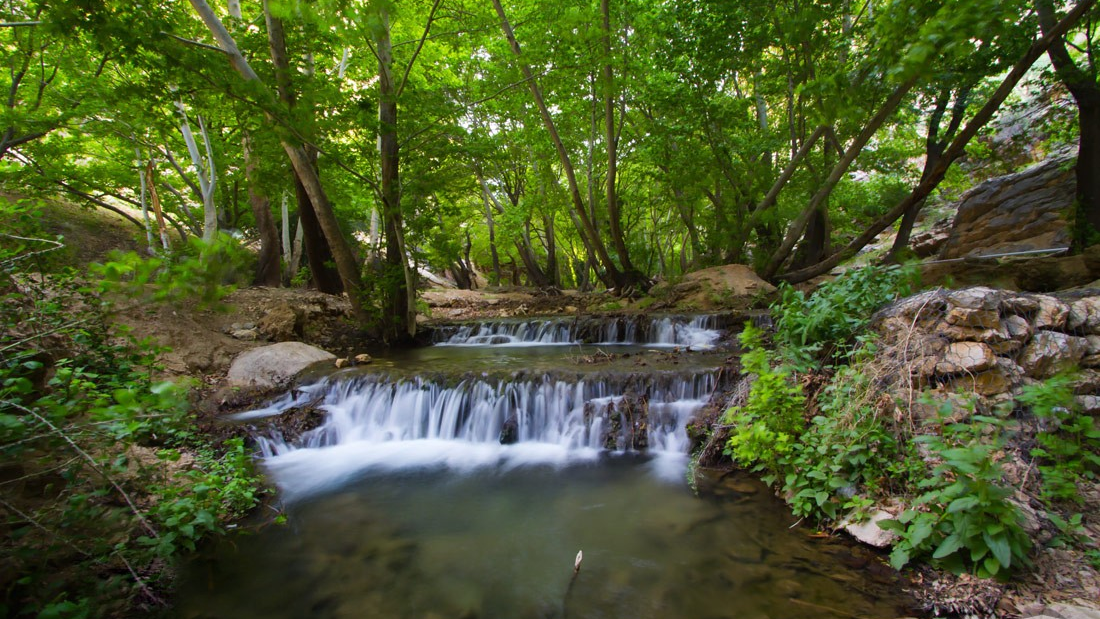
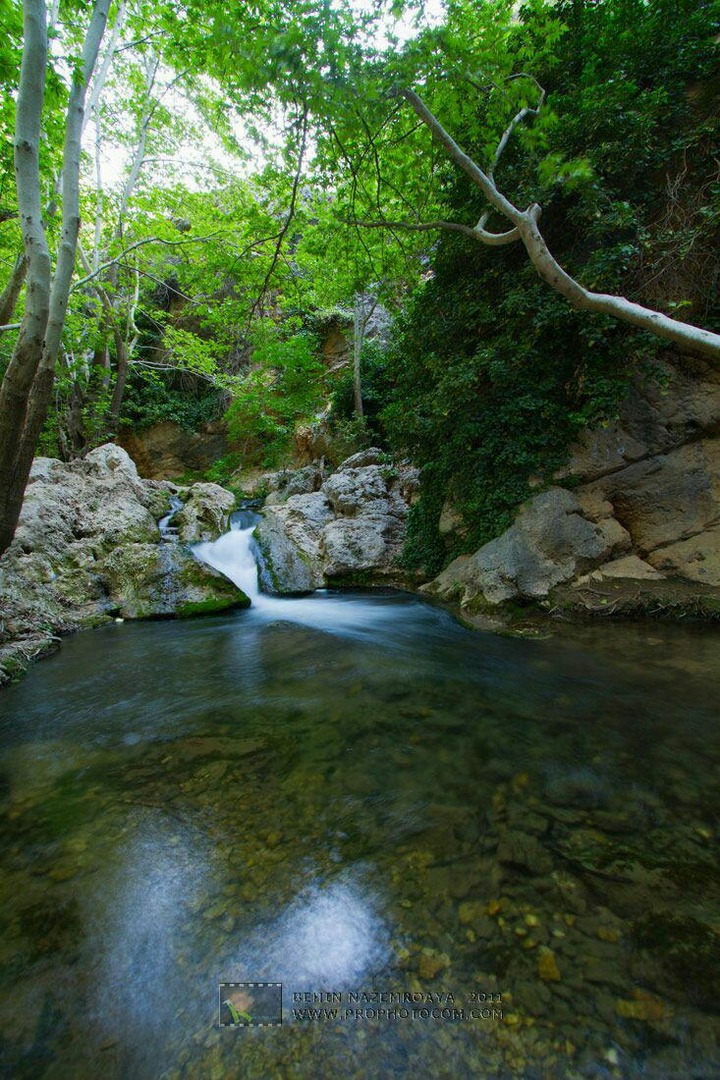



- Pomegranate Aush, A Yalda Night Delicacy
- Shirazi Pacheh (Khash) Polau
- Carrot Rice (Shirazi Style)
- Pipokh Bread
- Vegetable Meatball
- Gabouleh, the Traditional Breakfast of the People of Kazeroun
- Brinjal Lalak
- Shirazi Aush
- Shirazi Robb Polau
- Shirazi Polau
- Polau Torsh (Sour Rice) of Darab
- Polau Esfandi of Abadeh
- Shekar Polau (lit. Sugar Rice) of Shiraz
- Peach Kofta, A Traditional Shirazi Cuisine
- Shirazi Salad, A Delicious Appetizer
- Qanbar Plau, A Special Cuisine for Special Guests
- Shirazi Kalam Polau

- Meshkinfam Museum of Art; A Trip through History
- Khatam Museum or Sa’adat House: Getting to Know a Genuine Iranian Art
- Museums of Afif-Abad Garden in Shiraz
- Pars Museum of Shiraz; An Exhibition of 5000 Years of Iranian History
- Darya-ye Noor Stone and Gem Museum of Shiraz
- Evaz Museum of Ethnology: a Showcase of Identity for the People in Southern Iran
- Vakil Bathhouse: a Gateway to Learn about Iranian Traditions
- Fars Museum of Celebrities


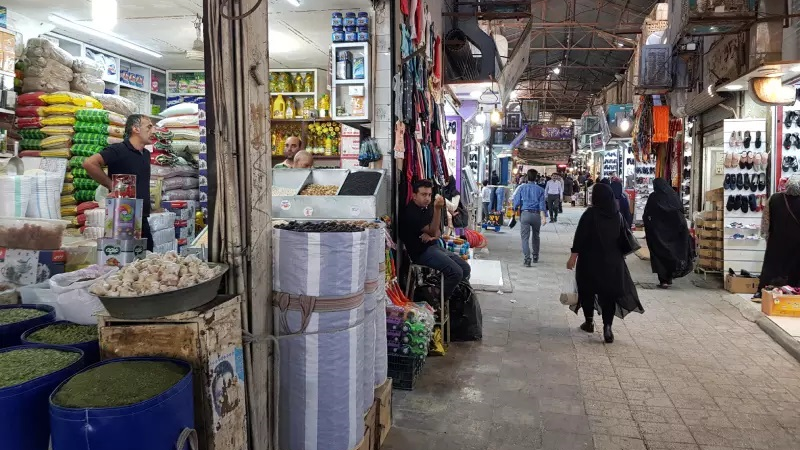
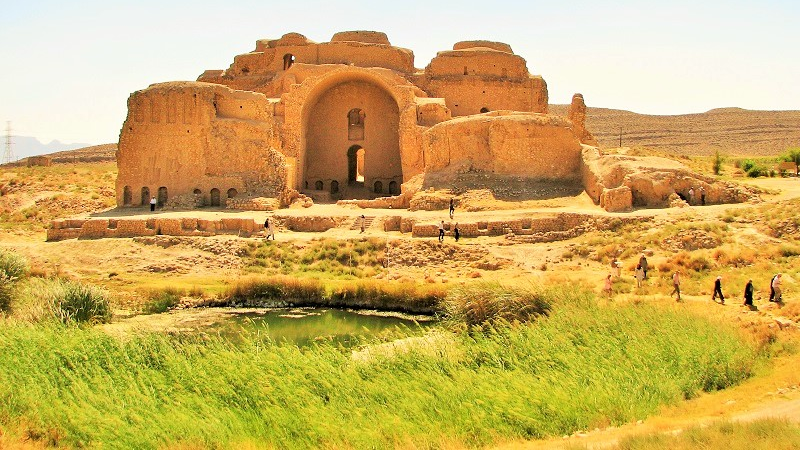
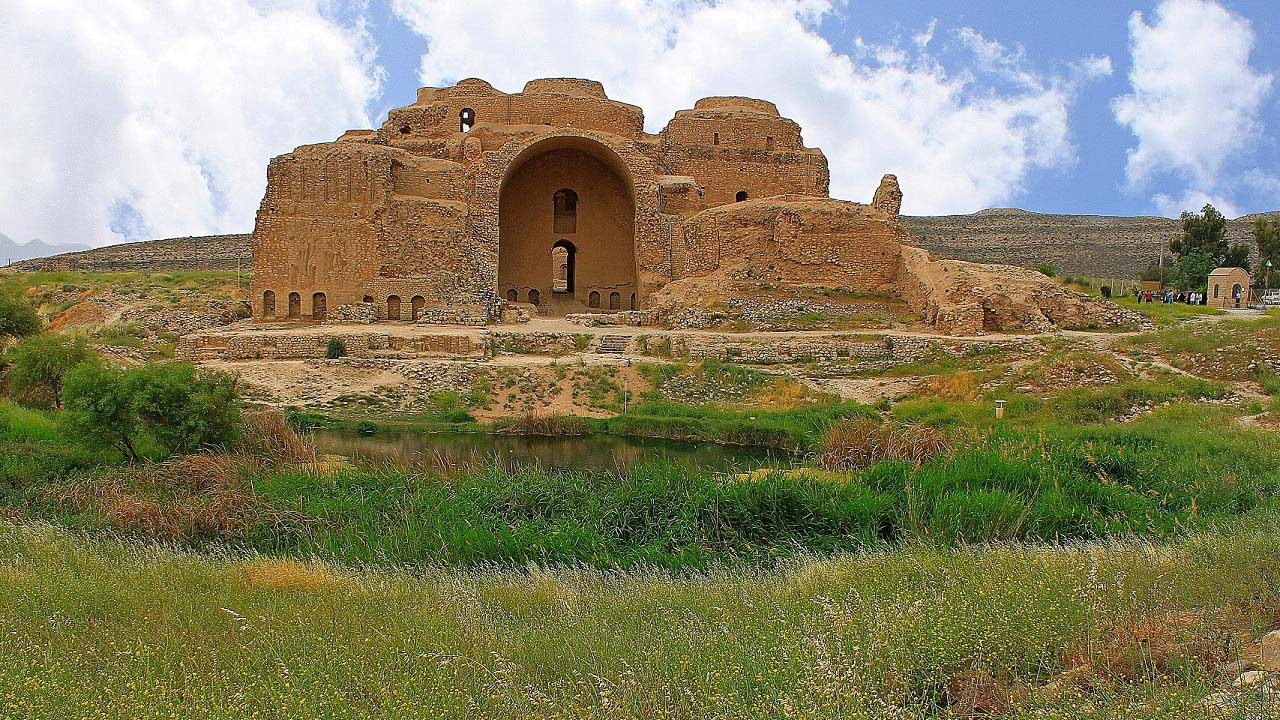
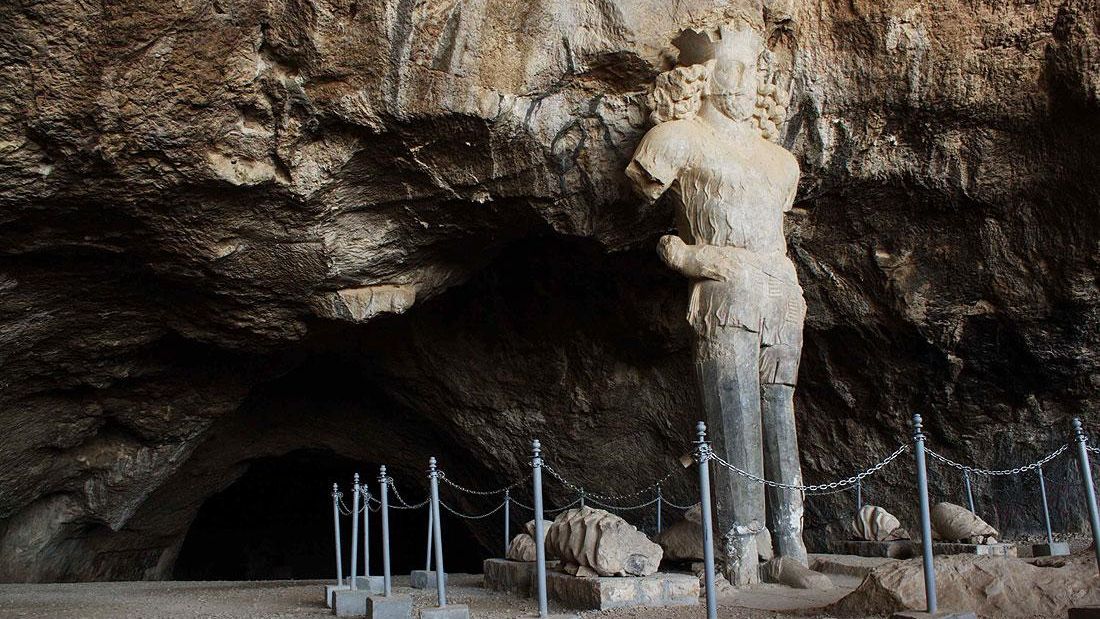
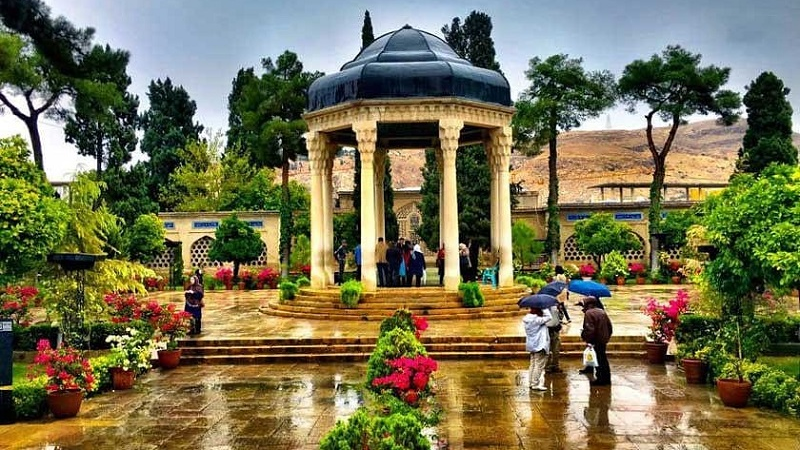



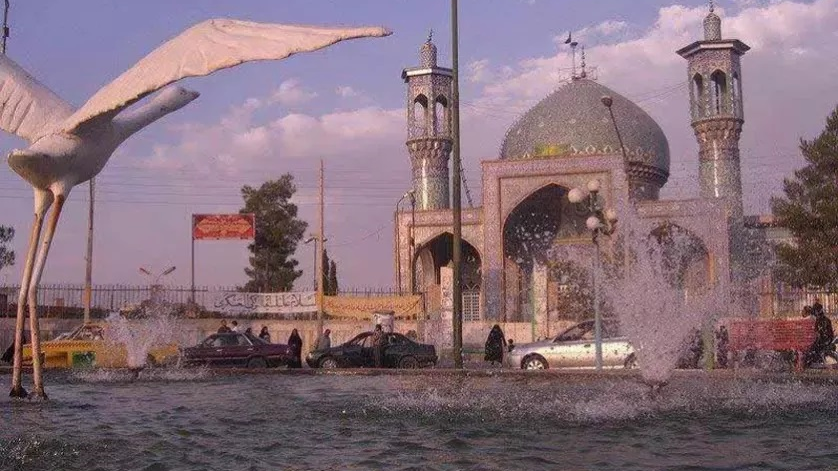
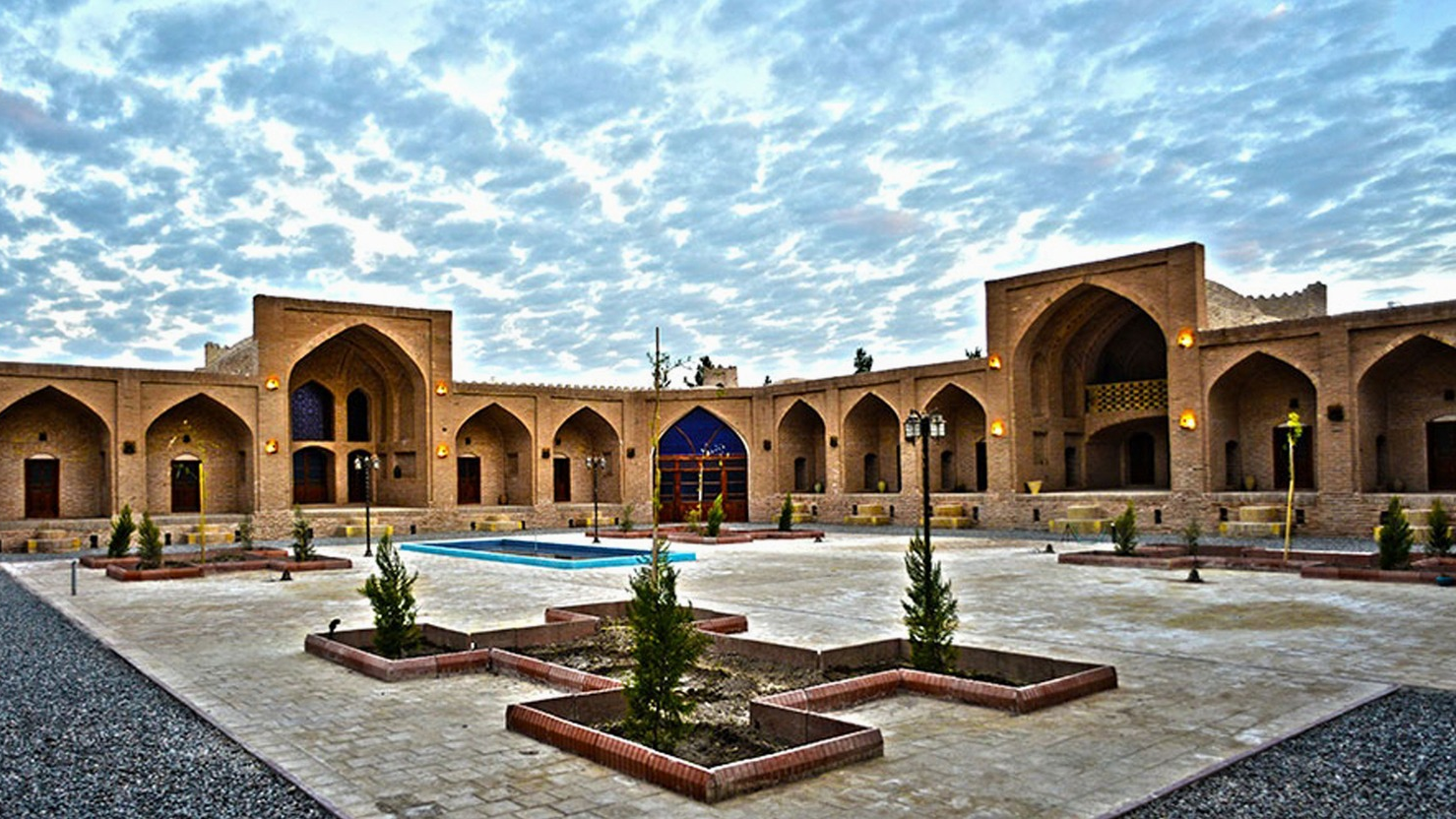

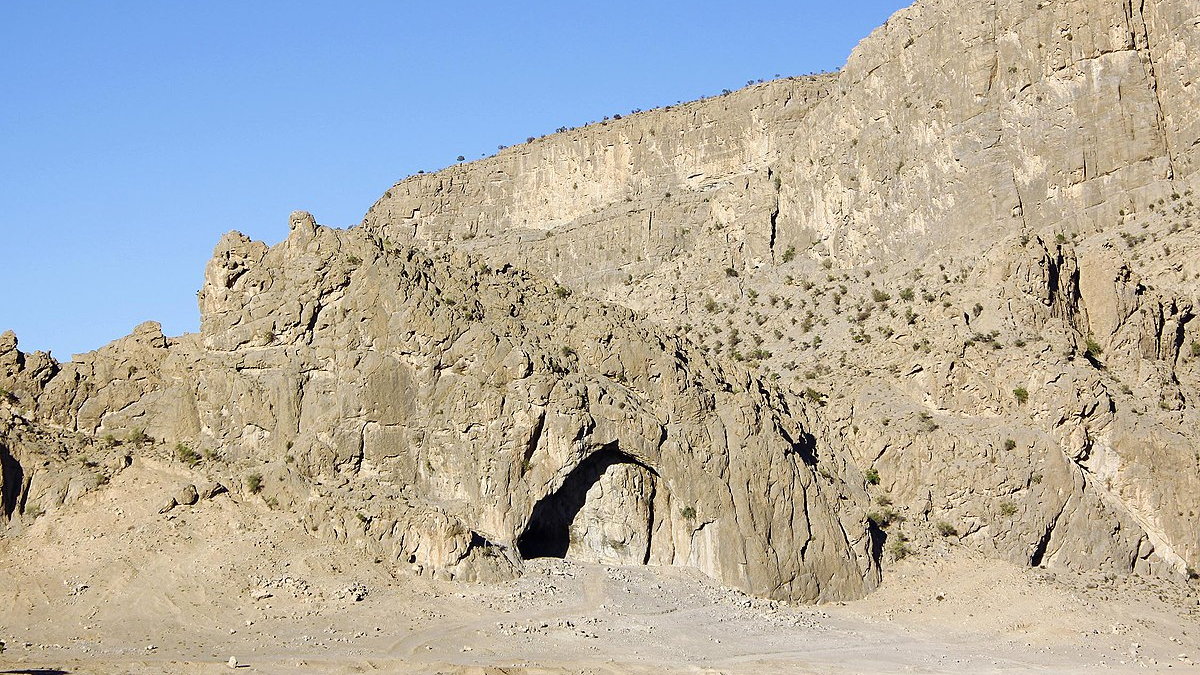


















.jpeg)
